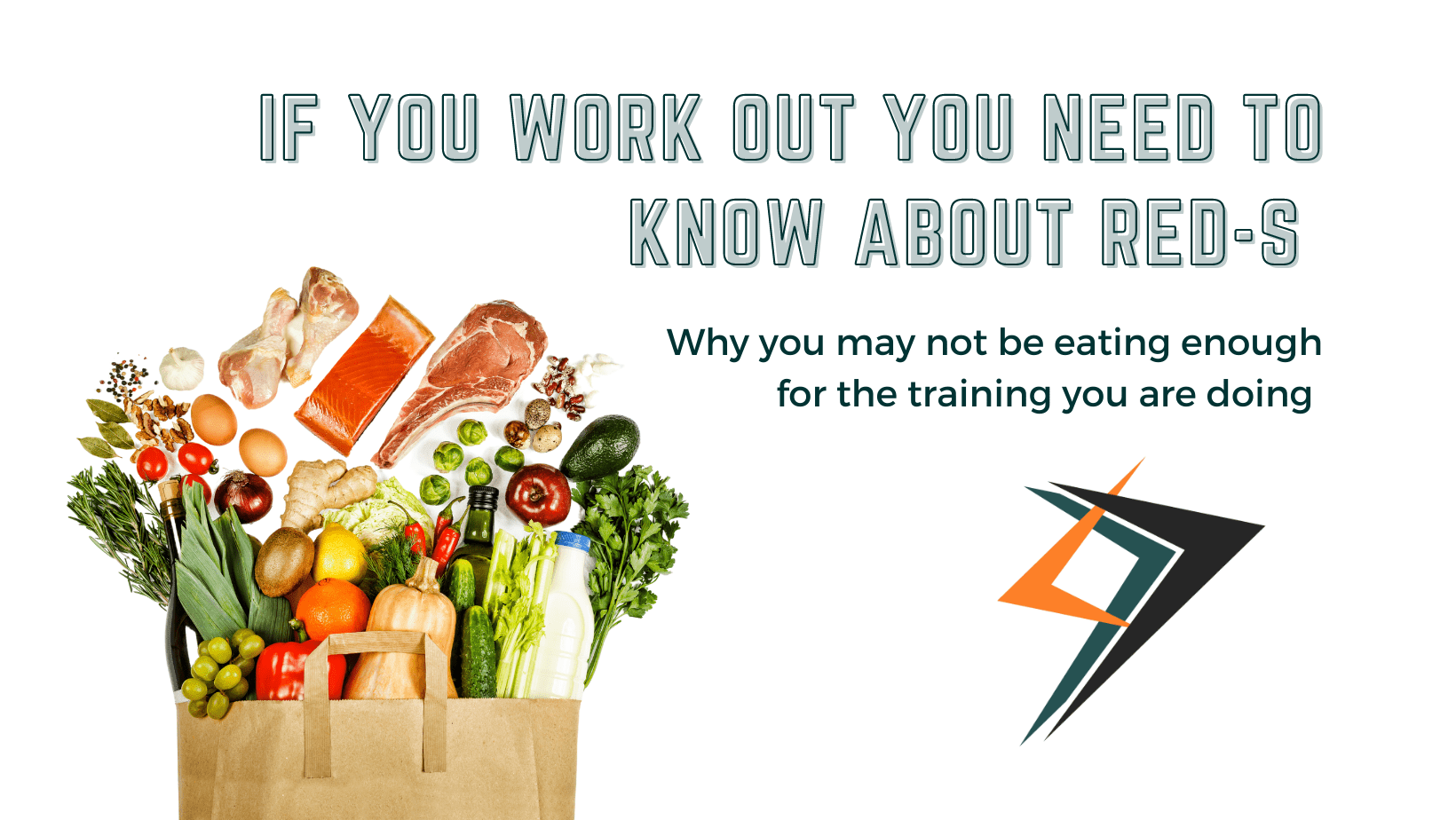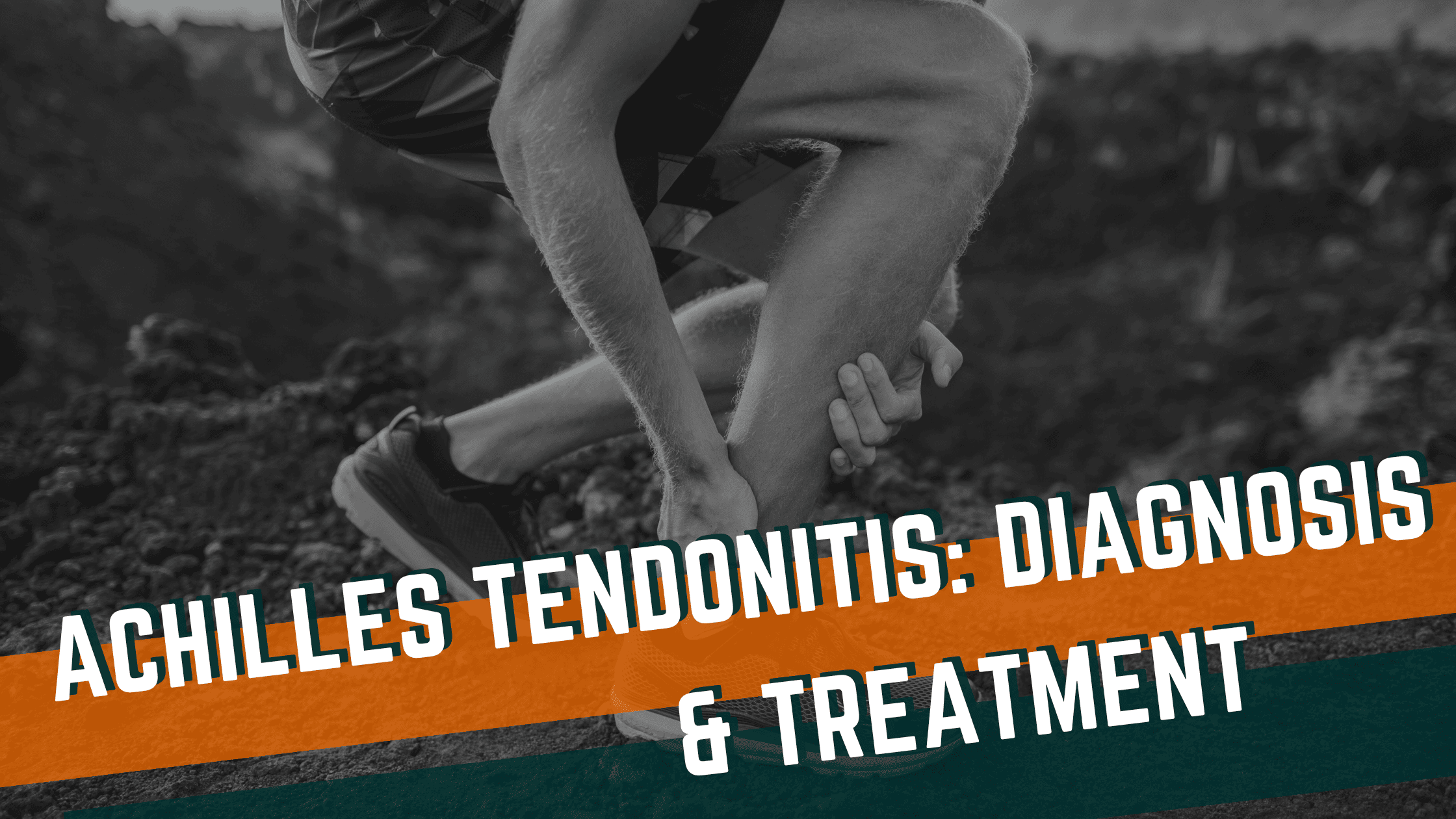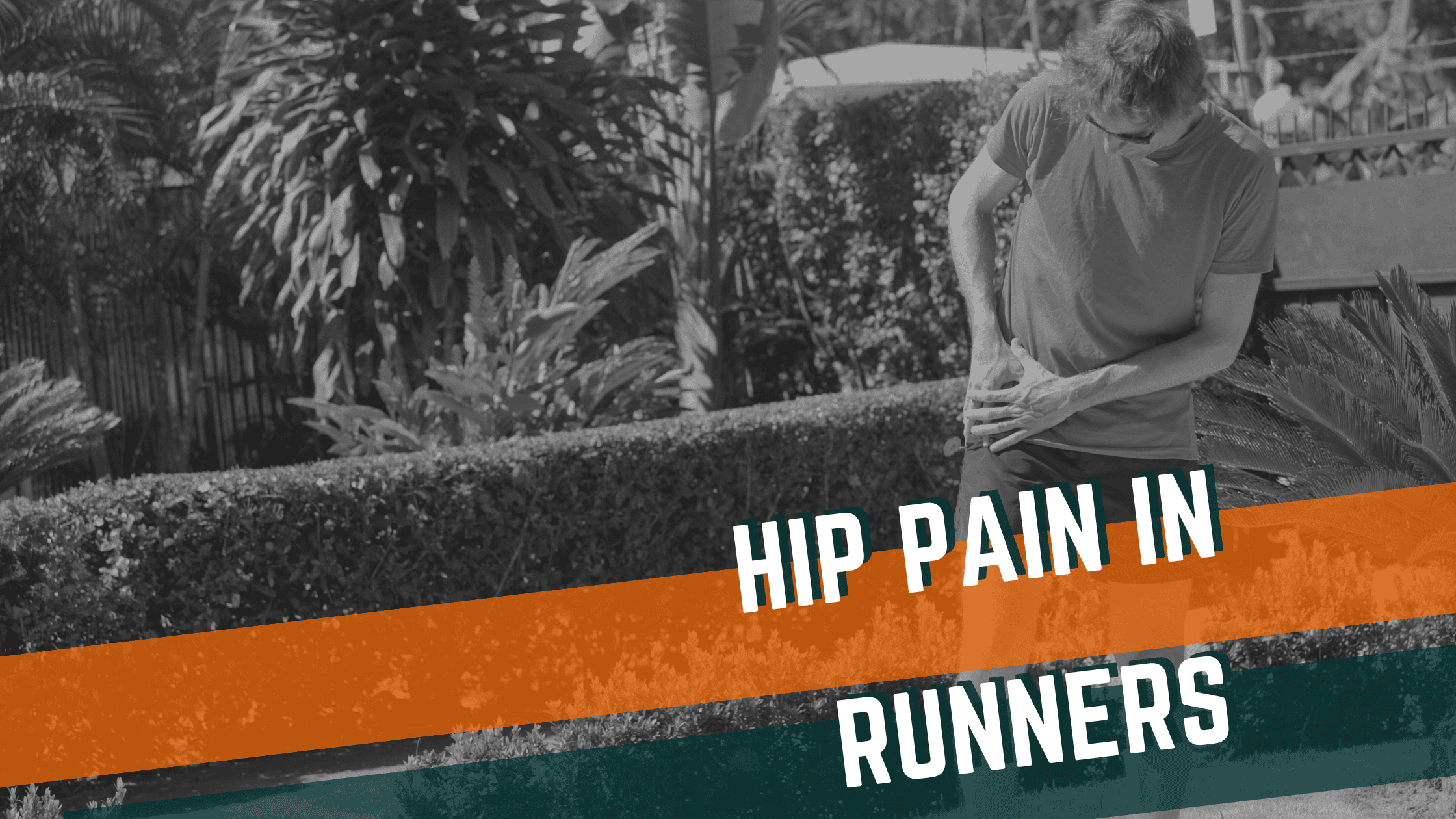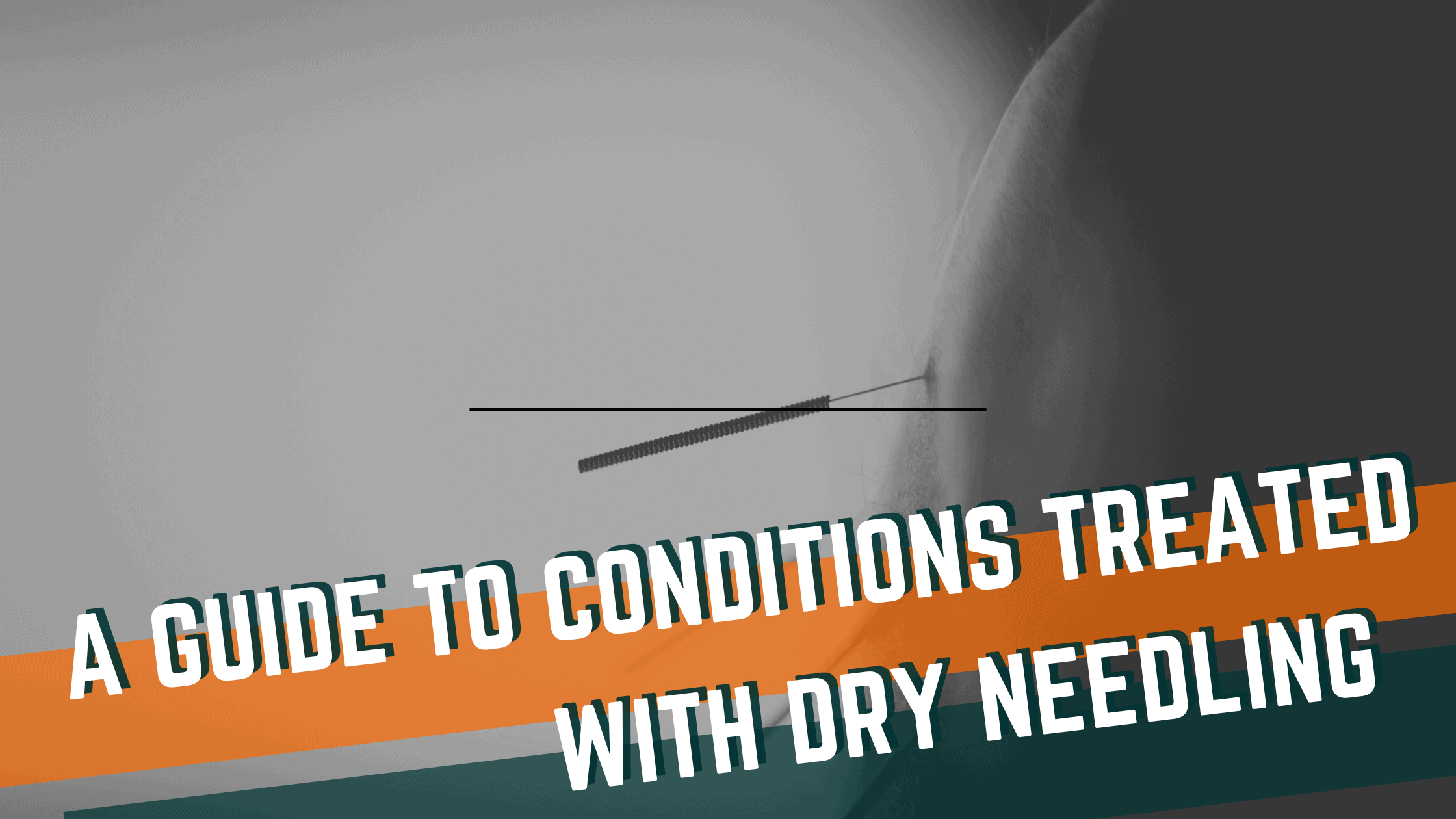
A study in 2019 by Ackermen et al found that 47% of female athletes have a caloric intake inadequate for their needs. How crazy is that?!? Roughly 50% of female athletes (an athlete is someone who works out on purpose) are not eating enough food.
How did we get here? Likely a combination of several factors. A society that pushes more is better. A diet culture that convinces women that they need to eat 1500 calories a day if they want to lose weight. A lack of understanding of the specific needs of the female athlete compared to their male counterpart.
The great news? More people are talking about it! We are learning a lot more about the warning signs of under-fueling and the effects on performance. If we can continue this conversation, we can help raise awareness about this issue.
So what exactly is RED-S? Are you eating enough to sustain your training volume? What are the warning signs that you are under-fueling? Let’s talk about it!
What is RED-S (Relative Energy Deficiency in Sport)?
RED-S stands for relative energy deficiency in sport. RED-S used to be known as the female athlete triad, but has been renamed because we have learned (1) there are more complex physiological effects and (2) both females and males can deal with low energy availability.
Simply put, RED-S occurs when you are not supplying your body with the food fuel you need to sustain your work/training/exercise. This creates a state of low energy availability. Sustained low energy availability can affect many of our physiological functions and have various health consequences. These consequences can be:
- Menstrual function
- Bone health
- Immunological
- Cardiovascular
- Psychological
- Metabolic
- Gastrointestinal
- Growth and development
- Endocrine
Many associated performance consequences can occur in a state of energy deficiency. These can include:
- Increased injury risk
- Impaired judgment
- Irritability
- Depression
- Decreased endurance
- Decreased muscle strength
- Decreased training response
- Decreased concentration
- Decreased coordination
You do not have to have an excessively low body mass or body fat percentage to be dealing with RED-S. With long-term low energy availability, the body will adapt and create a new energy balance steady state. Your body is trying to survive off of what you are feeding it. This can mean you stay at a consistent weight even when you are not eating enough. You may even gain weight when not eating enough, as your body desperately tries to hold onto whatever calories you are giving it.
What are the warning signs of RED-S?
In the past, the focus was mostly on missed periods. However, some women aren’t menstruating due to contraception. Males can also deal with RED-S. Thus, using only missed periods is not a complete way of determining if someone has RED-S. It’s important to take all of the warning signs into consideration when looking for low energy availability. Warning signs can include:
Physical
- Absent menstrual cycle
- Low iron levels
- Compromised immune system causing more colds/illnesses
- Difficulty with body temperature regulation
- Hair loss
- Bradycardia (low heart rate), orthostasis (abnormal changes in heart rate and/or blood pressure during positional changes)
- Stress fractures and other overuse injuries
- Digestive issues, such as feeling constipated or bloated
Behavioral/Psychological:
- Poor sleep patterns
- Overtraining or difficulty taking rest
- Difficulty concentrating
- Preoccupation with food
- Anxiety around food and weight
This sounds like me, what now?
Find a qualified sports nutritionist or dietician to help you figure out how to gradually increase your caloric intake and get you out of a state of energy deficiency. Make sure you find someone who is familiar with RED-S. If you are female, make sure you find someone who understands the unique needs of female athletes due to our fluctuations in hormones.
In a great blog post by Stacy Sims she gives one example of the daily intake needs of an active female:
For reference, on a moderate training day, which is a day where you’re doing a HIIT session, a heavy weights session, or 1 to 2 hours of cardio, you need:
- Carbohydrate: 3-4 grams per kg of body weight
- Protein: 2-2.3 grams per kg of body weight
- Fat: 1.2 grams per kg of body weight
So a 140-pound woman would need to eat about 2300–2500 calories on the majority of her training days. That’s a far cry from what many women actually eat.
Read more about the process of “reverse dieting” to build up to an adequate energy intake here.
Let’s work together to raise awareness about RED-S!
I struggled with RED-S for many years, most of the time having no idea what RED-S even was. If you want to hear about my personal journey with RED-S you can watch this clip:
Now I am on a mission to raise awareness. Please share this information with those you feel could benefit. If you recognize these warning signs in yourself or someone close to you, get help and make a change!
Let’s make sure we are fueling ourselves for the activity we are asking our bodies to do!
At Onward, we believe it’s important to take all variables into account to optimize your recovery. That’s why it’s important that we talk about nutrition and fueling! Come see for yourself the difference that whole-body, patient-focused care can make in your recovery and performance!
Sources:
Ackerman, K.E., B. Holtzman, K.M. Cooper, E.F. Flynn, G. Bruinvels, A.S. Tenforde, K.L. Popp, A.J. Simpkin, and A.L. Parziale (2019). Low energy availability surrogates correlate with health and performance consequences of Relative Energy Deficiency in Sport. Br. J. Sports Med. 53:628-633.
Melin AK, Heikura IA, Tenforde A, Mountjoy M. Energy Availability in Athletics: Health, Performance, and Physique. Int J Sport Nutr Exerc Metab. 2019 Mar 1;29(2):152-164. doi: 10.1123/ijsnem.2018-0201. Epub 2019 Feb 26. PMID: 30632422.
Statuta SM, Asif IM, Drezner JA. Relative energy deficiency in sport (RED-S). Br J Sports Med. 2017 Nov;51(21):1570-1571. doi: 10.1136/bjsports-2017-097700. Epub 2017 Jul 6. PMID: 28684389.
Recent Articles
Achilles Tendonitis: Diagnosis & Treatment

Hip Pain in Runners

A Guide to Conditions Treated with Dry Needling

Reconnect to the CORE Postpartum: Pelvic Floor Exercises for Postpartum Healing

Preventing Back Pain in CrossFit: Key Considerations for Training Safely

